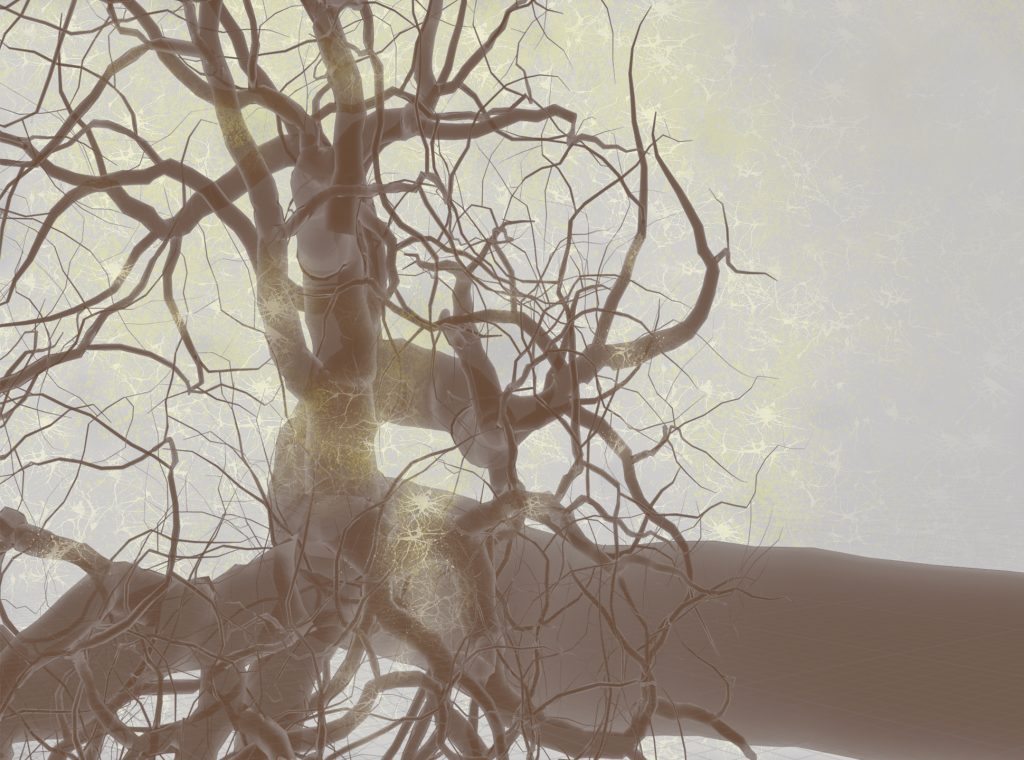
Sympoiesis
What Is It?
Sympoiesis is an invented word to help explain how no system, in fact no single thing, exists in a vacuum. The essence of the concept can be understood from its roots in ancient Greek. The word consists of “sym” meaning “together” or “with” and “poiesis” meaning “making” or “creating.” This concept is opposed to autopoiesis, as in making on one’s own, by one’s self. It appears to have been introduced by Beth Dempster in a masters thesis, but was later developed and brought into wider circulation by the philosopher Donna Harraway. Dempster pointed out that many systems assumed to be autopoietic are actually profoundly sympoeitic. Haraway expanded on this observation to the point where it is questionable to what extent autopoiesis even exists.
What Does it Do?
Explaining to others or to oneself how relational the world is. It encourages us to consider the co-makers of a garden (microbes, bugs, nutrients, sunlight, rain, the laborers who packaged your seeds and made your garden tools, etc.); the co-makers of a painting (the laborers who made your paint, the plants or chemicals that went into it, the ideas and techniques of painting that came before, the canvass and what it will accept, the presumed audience of the painting, etc.); or the co-makers of a city or a forest or an estuarine ecosystem. Sympoiesis can be applied at every scale. This leads to a systems approach, a collaborative approach, a permacultural approach, to planning and making.
How Can It Be Accessed?
The concept is given its fullest treatment in Donna Harraway’s book Staying with the Trouble: Making Kin in the Chthulucene. However, the dense, if playful, philosophical prose of that book might not be everybody’s cup of tea. We recommend podcasts or talks by Harraway as possibly more accessible, such as this one from the excellent For the Wild podcast series.
Here is a quote from Harraway on the topic that might be helpful if you don’t have time to go into all that (from Staying with the Trouble):
“critters [including humans] interpenetrate one another, loop around and through one another, eat each other, and thereby establish sympoietic arrangements… Critters are at stake in each other in every mixing and turning of the terran compost pile. We are compost, not posthuman; we inhabit the humusities, not the humanities. Philosophically and materially, I am a compostist, not a posthumanist. Critters — human and not — become-with each other, compose and decompose each other, in every scale and register of time and stuff in sympoietic tangling, in ecological evolutionary developmental earthy worlding and unworlding.”